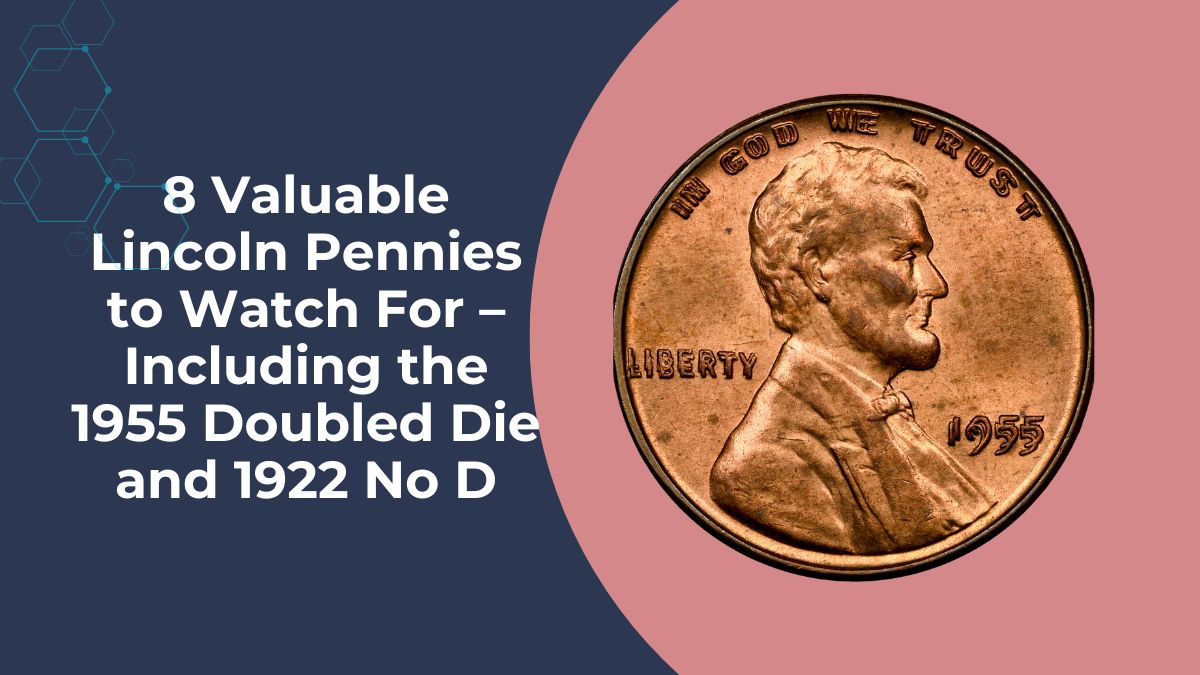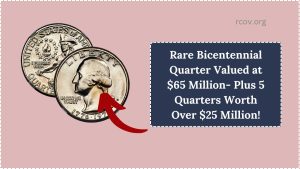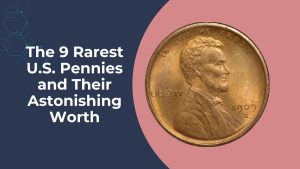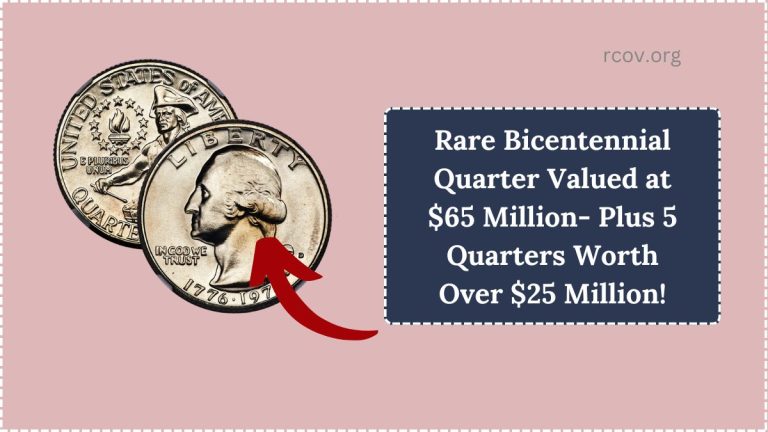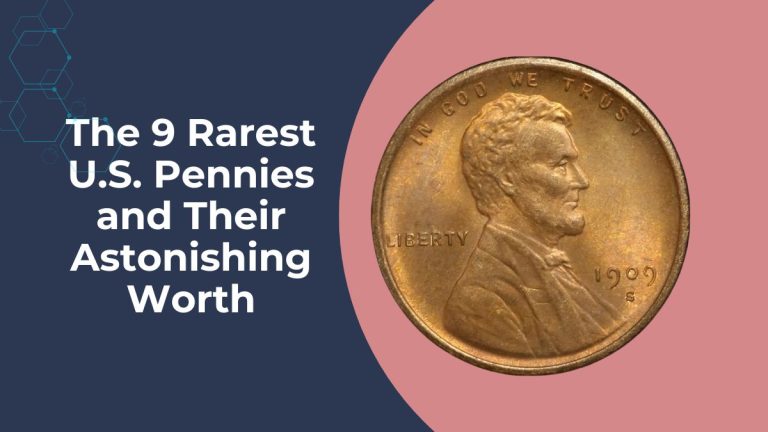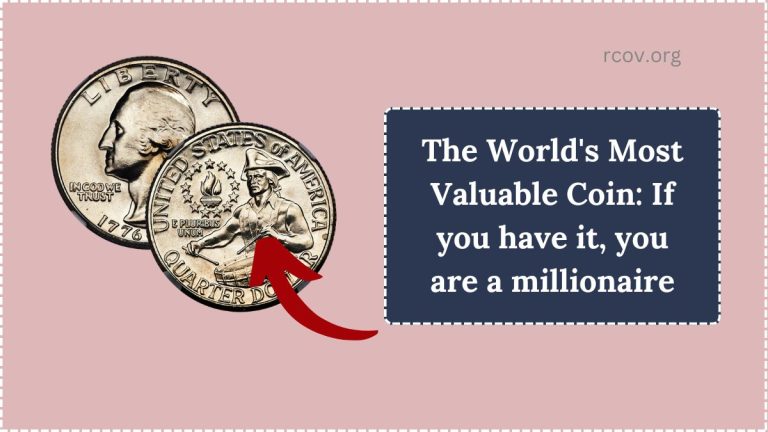Lincoln pennies have been a cornerstone of American coinage since their introduction in 1909. While many are common, certain editions have become highly sought after by collectors due to unique errors, low mintages, or distinctive features. Below is a detailed exploration of eight valuable Lincoln pennies, including the renowned 1955 Doubled Die and the 1922 No D, highlighting their key characteristics and current market values.
1. 1955 Doubled Die Obverse
The 1955 Doubled Die Obverse penny is one of the most famous error coins in U.S. history. This error occurred when the coin die received two misaligned impressions, resulting in a noticeable doubling of the obverse inscriptions, particularly in “LIBERTY” and the date “1955.” Approximately 20,000 to 24,000 of these error coins were released into circulation, making them highly coveted by collectors. In uncirculated condition, these pennies can fetch between $1,000 and $15,000, depending on their grade.
2. 1922 No D (Plain) Lincoln Cent
In 1922, all Lincoln cents were minted exclusively at the Denver Mint, designated by the “D” mint mark. However, due to excessive die polishing, some coins were produced without the “D” mint mark, leading to the rare 1922 No D variety. This absence makes it a unique and valuable find. Values range from $500 in lower grades to over $20,000 for coins in mint state.
3. 1943 Bronze Lincoln Cent
During World War II, the U.S. Mint switched to zinc-coated steel cents to conserve copper for the war effort. However, a few bronze planchets from 1942 were mistakenly used in 1943, resulting in the rare 1943 Bronze Lincoln Cent. These coins are exceedingly scarce, with only a handful known to exist. One such coin sold for over $1 million at auction.
4. 1944 Steel Lincoln Cent
Conversely, in 1944, the Mint returned to bronze planchets, but some leftover steel planchets from 1943 were accidentally used, creating the rare 1944 Steel Lincoln Cent. These coins are also extremely rare and can command prices upwards of $100,000, depending on their condition.
5. 1969-S Doubled Die Obverse
The 1969-S Doubled Die Obverse penny features significant doubling on the obverse inscriptions and date. Initially, these coins were thought to be counterfeits, but they were later authenticated. Fewer than 100 examples are known, making them highly valuable. In high grades, they can sell for between $50,000 and $70,000.
6. 1972 Doubled Die Obverse
The 1972 Doubled Die Obverse penny displays noticeable doubling on the obverse inscriptions, especially in “IN GOD WE TRUST” and “LIBERTY.” Thousands of these errors were produced, and in uncirculated condition, they can be worth between $200 and $1,000.
7. 1992 Close AM Reverse
In 1992, a small number of pennies were minted with the “AM” in “AMERICA” on the reverse side closer together than intended, known as the Close AM variety. This error occurred due to the use of a proof die in regular circulation coinage. These coins are rare and can be worth between $5,000 and $25,000, depending on their condition.
8. 1999 Wide AM Reverse
Conversely, in 1999, some pennies were minted with the “AM” in “AMERICA” on the reverse side farther apart than standard, termed the Wide AM variety. This error also resulted from the use of a proof die in circulation coinage. These coins are less rare than the 1992 Close AM but can still be worth between $100 and $500 in uncirculated condition.
Below is a summary table of these valuable Lincoln pennies:
| Year | Variety | Description | Estimated Value Range |
|---|---|---|---|
| 1955 | Doubled Die Obverse | Noticeable doubling of obverse inscriptions and date | $1,000 – $15,000 |
| 1922 | No D (Plain) | Missing “D” mint mark due to die polishing | $500 – $20,000+ |
| 1943 | Bronze Cent | Bronze planchet used instead of steel during wartime | $100,000 – $1,000,000+ |
| 1944 | Steel Cent | Steel planchet used instead of bronze post-war | $75,000 – $100,000+ |
| 1969 | Doubled Die Obverse (S) | Significant doubling on obverse inscriptions and date | $50,000 – $70,000+ |
| 1972 | Doubled Die Obverse | Noticeable doubling on obverse inscriptions | $200 – $1,000 |
| 1992 | Close AM Reverse | “AM” in “AMERICA” on reverse closer together than standard | $5,000 – $25,000 |
| 1999 | Wide AM Reverse | “AM” in “AMERICA” on reverse farther apart than standard | $100 – $500 |
Collecting Lincoln pennies can be a rewarding endeavor, especially when you come across these rare and valuable varieties. Whether you’re a seasoned numismatist or a casual collector, keeping an eye out for these specific pennies can potentially lead to significant finds. Always consider having your coins authenticated and graded by professional services to accurately determine their value.
FAQs
What makes the 1955 Doubled Die Obverse penny so valuable?
The 1955 Doubled Die Obverse penny features a prominent doubling of the obverse inscriptions and date, making it a distinctive and rare error highly sought after by collectors.
How can I identify a 1922 No D Lincoln cent?
The 1922 No D cent lacks the “D” mint mark, which is typically present on Denver-minted coins. This absence is due to die polishing that removed the mint mark.
Why are the 1943 Bronze and 1944 Steel cents so rare?
These coins were minted on incorrect planchets due to transitional errors during World War II, resulting in very limited quantities that are highly prized by collectors.

